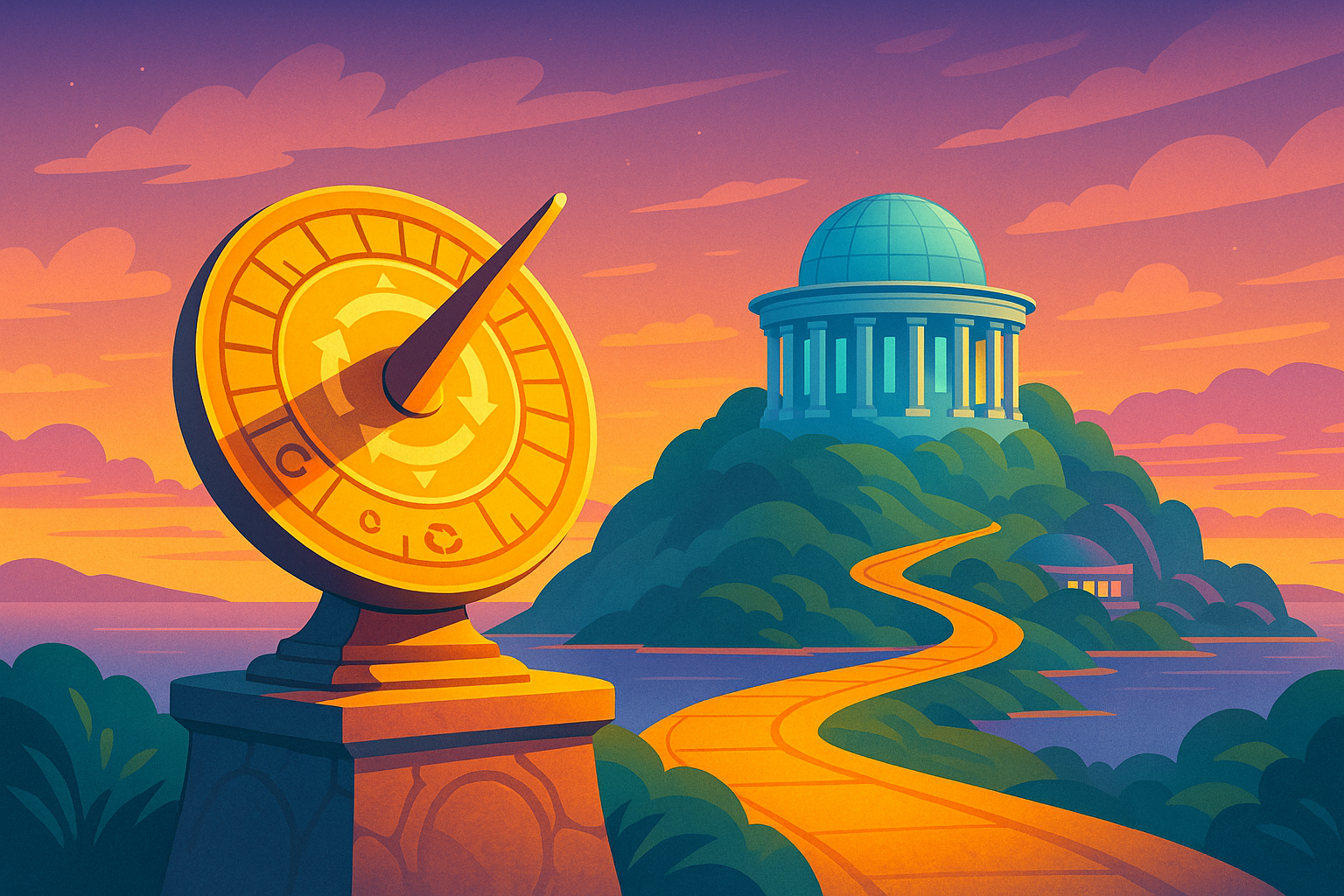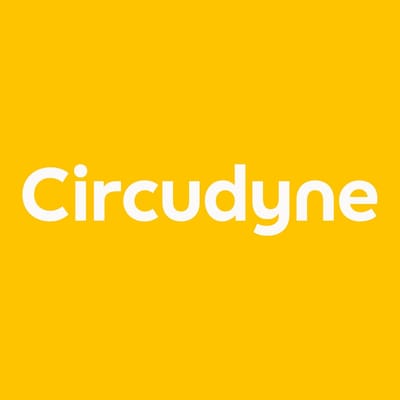Our Circular Economy Moment

Why Now.
Circularity is the only systemic approach to aligning and rationalizing the balance between production and consumption.
It starts with the idea that abundance can flow from limited resources used wisely.
And it makes planned obsolescence obsolete.
This isn't incremental improvement or sustainability theater. It's fundamental reorientation of how value gets created—from extraction to regeneration, from ownership to access, from waste to resource.
Linear business models have reached their limits. Resource volatility, supply chain fragility, and customer rejection of throwaway culture signal the end of an era.
Circular systems offer systematic advantages: cost reduction through resource efficiency, revenue growth through service models, customer loyalty through meaningful relationships, and enterprise value gains through operational excellence.
The question isn't whether this transformation will happen. The question is which brands will lead it.
Brands—not governments, not consumers alone—will lead the circular transformation.
Governments react to problems. Consumers respond to options. But visionary brands create new realities.
They have the unique power to imagine futures, build the infrastructure to deliver them, and shape culture around new possibilities.
History proves this pattern. Brands that defined the suburban era—Carrier, General Motors, General Electric—stepped up at the 1939 World's Fair to build and showcase the future people came to depend on. They made this investment during the Depression, confident that they could play their part to change things for the better. In return, they were rewarded with respect, prosperity, and market dominance for decades.
Today's circular economy transformation offers the same opportunity. The brands that master systematic circular transformation won't just participate in the new economy—they'll define it.
They'll become the iconic companies of the next era, earning customer loyalty, competitive advantages, and enterprise value that linear competitors can't match.
But this window won't stay open forever.
People have deep, underserved needs that linear business models are fundamentally ill-suited to satisfy.
Needs for meaning beyond consumption. Connection beyond transactions. Quality that endures rather than disappoints.
Customers can't articulate these desires because they've never experienced the alternative. As Steve Jobs understood, people "can't want what they can't see."
Circular solutions naturally address these unspoken longings. Service relationships create ongoing connection. Intentional design honors customer investment by striking the right balance between purpose, life cycle, and profitability.
The first brands to reveal these latent needs—to make the invisible visible through experiential prototyping—will capture customer loyalty that transcends price competition.
Because once people experience circular abundance, linear scarcity feels obsolete.
This is why worldbuilding matters. You can't stimulate demand for futures people haven't experienced. But you can create experiences that make circular solutions feel inevitable rather than imposed.
Early adopters of circular transformation create collaborative ecosystems that benefit all participants—including customers.
They develop circular supply chains, service partnerships, shared infrastructure, and deeper customer relationships that make circular solutions more accessible and valuable for everyone.
These aren't extractive platforms designed for lock-in. They're collaborative networks where success compounds through genuine value creation.
Suppliers learn circular design principles. Service partners develop new capabilities. Customers experience ongoing relationships rather than one-time transactions. Each participant strengthens the whole ecosystem.
Late adopters gain access to mature systems that early builders developed through investment and partnership. But early adopters earn first-mover advantages: deeper supplier relationships, refined service capabilities, stronger customer connections, and operational excellence that comes from systematic practice.
Most importantly, early adopters build capacity for listening—between brands and customers, suppliers and partners, all members of the circular ecosystem.
This listening capacity becomes the foundation for continuous improvement, genuine innovation, and relationships that create value for everyone involved.
Technology now makes ecosystem-wide listening not just possible, but economically advantageous.
IoT sensors track product usage and lifecycle performance, revealing optimization opportunities that benefit manufacturers and customers alike. AI analyzes these patterns to predict service needs and prevent failures before they occur. Blockchain creates transparent supply chains that build trust across the entire ecosystem.
Digital platforms enable service-based business models that were economically impossible just a decade ago. Products-as-services, usage-based pricing, and collaborative consumption all depend on technological infrastructure that's now mature and accessible.
Automation transforms what's economically viable, reviving service concepts once thought obsolete. The next milkman might be a robot. Returnables can be tracked and managed unit-by-unit through automated reverse logistics. Refillable containers, repairable products, and reusable packaging become practical at scale when automation handles the complexity.
Material science advances support circular design at scale—bio-based materials, molecular recycling, and design for disassembly that maintains material quality through multiple lifecycles.
But technology alone doesn't create circular transformation. It amplifies the listening capacity, service relationships, and collaborative networks that forward-thinking brands build with intention and good taste.
The convergence of these technologies doesn't just make circular systems possible—it makes them economically superior to linear alternatives.
Smart brands recognize this convergence as their competitive advantage window.
There's a growing gap between how people live and how they want to live.
Planned obsolescence has run its course. People are tired of being forced to live in ways that serve brands' compulsive need to create wasteful material surplus rather than their own limited needs.
This tension between the failing ideology of forced consumption and people's desire for intentional living creates what Douglas Holt calls a "myth market"—a cultural competition where brands can achieve iconic status by resolving deep societal contradictions.
People want products that align with their values, last as long as they need them to, and create genuine relationships rather than concatenated transactions. They're hungry for abundance narratives that replace scarcity messaging. The cultural conversation is shifting from guilt-based sustainability to joy-based circular living.
Status consumption is giving way to meaning-seeking. Trust is migrating toward brands that demonstrate authentic values through their business models, not merely their marketing.
Historically, brands that identify and fill cultural gaps during ideological transitions have been rewarded with iconic status. They become cultural leaders by providing compelling myths that help people navigate change.
Tomorrow's brands that apply circular principles to closing this gap—helping people live more in tune with their true needs—will achieve the same iconic status.
This isn't mere market opportunity. It's myth market opportunity. The brands that master circular transformation will do more than succeed—they'll become the defining icons of the next era.
People are waiting for brands brave enough to show them what authentic circular living looks like.
Linear business models are failing on multiple fronts, creating systemic vulnerabilities that circular models systematically address.
Resource volatility exposes the fragility of extraction-dependent supply chains. When materials become scarce or expensive, linear models have no backup plan. Circular models diversify risk through regenerative supply networks and resource recovery systems.
The backlash against planned obsolescence is accelerating. Customers increasingly reject products designed to fail, seeking brands that honor their investment with intentional design. The "right to repair" movement gains momentum as people demand products that serve their needs, not sloppy corporate material surplus.
Customer dissatisfaction with wasteful brands is becoming measurable. People actively avoid companies whose business models conflict with their values. Social media amplifies stories of corporate waste, creating reputational risks that compound over time.
Big shifts in consumer sentiment are increasingly common and volatile. The only way to hedge against them is to adhere to principles and missions worth believing in and standing by. Linear models built on opportunistic market exploitation rather than authentic values offer no protection against cultural turbulence.
Linear models trap companies in a vicious cycle: higher material costs, increasing customer resistance, tortured value propositions, and vulnerability to sentiment shifts that drain resources without creating lasting value.
Meanwhile, the infrastructure supporting linear consumption—from retail footprints to logistics networks—becomes increasingly expensive to maintain as customer behavior shifts toward service relationships and access models.
Companies still optimizing linear operations are perfecting yesterday's competitive advantages while tomorrow's advantages emerge in circular ecosystems. It’s elegant decline at best.
And it isn’t a gradual decline. Linear model vulnerabilities are accelerating, creating urgent need for systematic transformation.
This moment parallels the Lean revolution of the 1980s-1990s, when systematic thinking separated market leaders from laggards for decades.
Toyota improved quality and efficiency by reorganizing around fundamentally different principles of value creation. Lean succeeded across industries: service companies, financial institutions, healthcare organizations. Any business that mastered systematic waste elimination and value optimization achieved sustained competitive advantages. Those that waited struggled to catch up, even with access to the same tools and training.
We're at the same place for circular transformation. The next 5–10 years will determine which brands master systematic circular principles and which remain trapped in linear thinking.
Early adopters will build the circular ecosystems, develop the transdisciplinary capabilities, and create the customer relationships that define the new economy. They'll establish network effects, capture myth market leadership, and achieve enterprise value gains that late adopters cannot replicate.
The convergence of technology, cultural readiness, customer need discovery, and linear model breakdown creates a transformation window that won't stay open forever.
Just as Lean became table stakes for competing in global markets, circular mastery will become essential for business survival. But the systematic advantages go to those who lead the transformation, not those who follow.
The brands that act now—that invest in Circudynamics and commit to all-of-organization transformation—will become the iconic companies of the circular economy era.
The question isn't whether this transformation will happen. The question is whether your brand will lead it.
This is your moment. This is why now.
